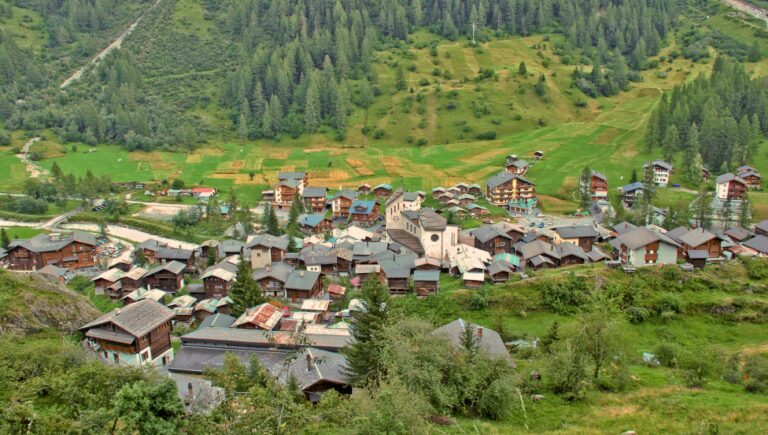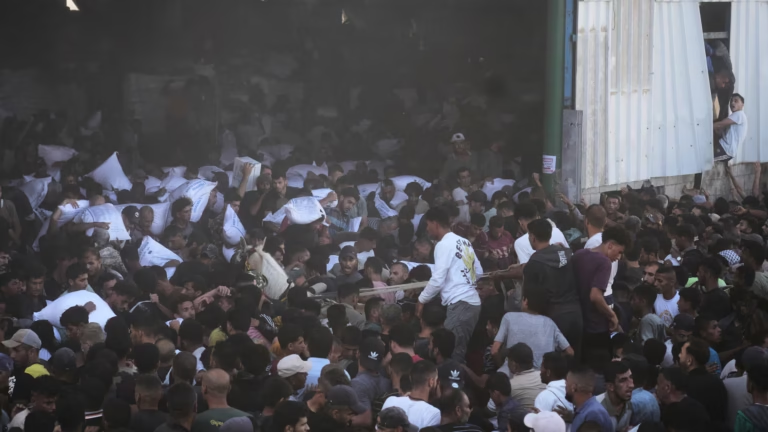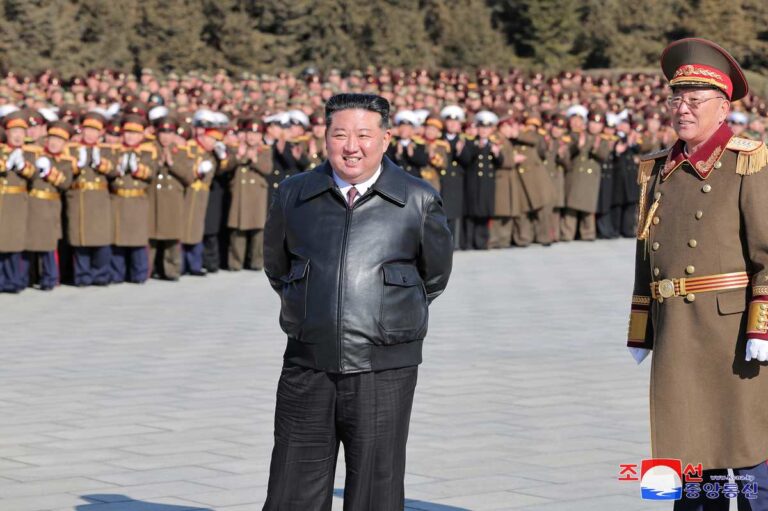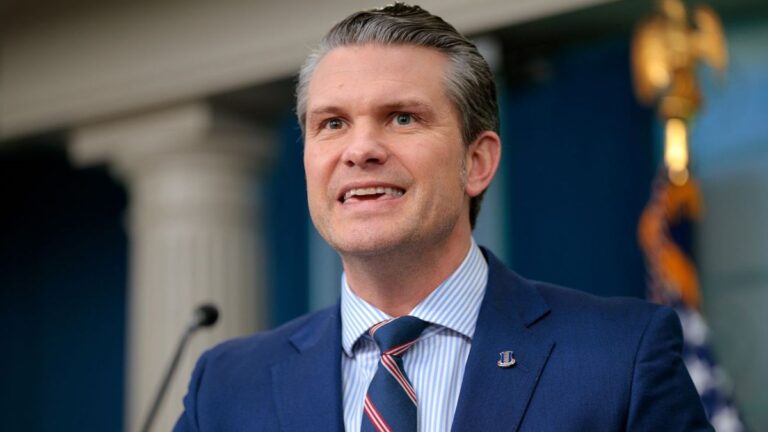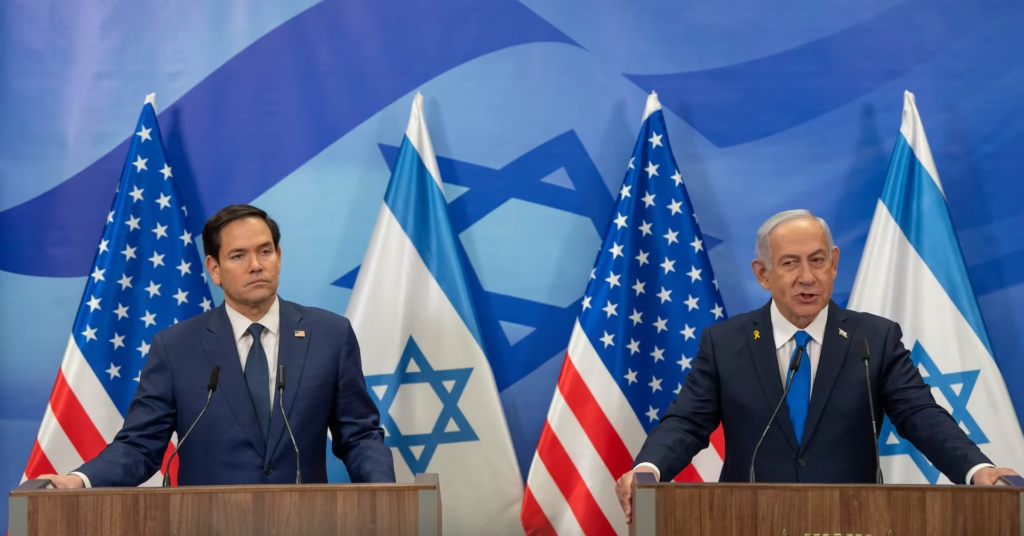
Gaza, home to about 2.4 million Palestinians, has been under a near-total blockade by Israel for over two months. This blockade has stopped almost all food, fuel, and medical supplies from entering the territory. Hospitals and rescue teams have reported heavy casualties from recent Israeli airstrikes, with at least 114 Palestinians killed in a single day during intensified attacks1. The blockade and military actions have pushed Gaza to the brink of famine, with vulnerable groups like children, the elderly, and the sick suffering the most36.
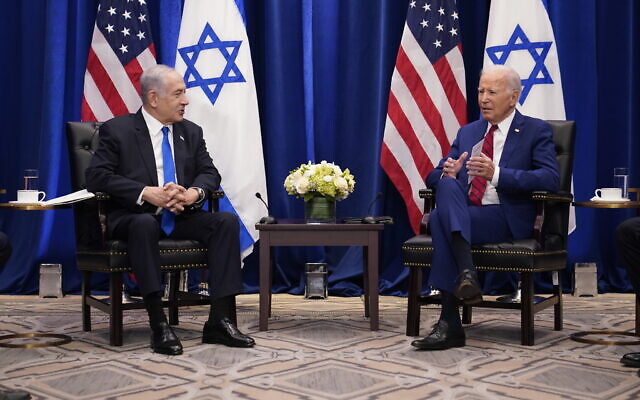
US Response and Aid Plans
The US government, while supporting Israel’s right to defend itself, has recognized the urgent need to address the humanitarian crisis. Secretary Rubio has stated that the US is “troubled” by the situation and supports efforts to deliver aid safely to Gaza’s civilians. The US and Israel have proposed a new plan to distribute humanitarian aid through a newly formed organization called the Gaza Humanitarian Foundation (GHF). This plan aims to bypass Hamas to ensure that aid reaches those in need without being diverted by militant groups23.
The GHF intends to set up secure distribution centers where Palestinians can collect food and supplies. However, this plan has faced criticism from the United Nations and other aid organizations. Critics argue that bypassing established UN aid systems and forcing displaced Palestinians to travel to specific locations could put civilians at greater risk, especially since Israeli forces have been known to attack people trying to access aid3.
The Political Context
The humanitarian crisis is deeply intertwined with the ongoing conflict between Israel and Hamas. Hamas’s October 7, 2023, attack on Israel triggered a severe military response, including airstrikes and a ground offensive planned by Israel. US officials, including Rubio, have reiterated that peace can only come if Hamas is eliminated or surrenders. Rubio has said that as long as Hamas exists, lasting peace in the region is unlikely16.
During a recent call with Israeli Prime Minister Benjamin Netanyahu, Rubio expressed the US’s strong support for Israel’s security while also highlighting the need to find ways to help the people of Gaza. Meanwhile, President Donald Trump has been visiting the region, engaging in discussions about potential ceasefires and hostage negotiations between Israel and Hamas126.
Challenges and Criticism
The US-backed aid plan has sparked debate. The UN and humanitarian groups warn that the new approach could weaponize aid, turning it into a political tool rather than purely humanitarian assistance. Jens Laerke, a spokesperson for the UN humanitarian agency, condemned efforts to dismantle existing aid frameworks, emphasizing that aid must be based solely on need, not politics3.
Critics also point out that the blockade and military actions have created a dire situation that cannot be solved by aid alone. The blockade restricts movement and access, making it difficult for civilians to receive help even if aid is available. The risk of starvation and medical shortages continues to grow, with reports of deaths due to hunger and lack of treatment36.
What Needs to Be Done?
The situation in Gaza calls for urgent international attention and action. Experts and humanitarian organizations stress the importance of:
- Allowing safe and unrestricted access for humanitarian aid to reach all civilians in Gaza.
- Ensuring aid distribution is transparent and free from political interference.
- Supporting diplomatic efforts to end the conflict and address the root causes of the crisis.
- Protecting civilians from violence and ensuring their basic human rights are respected.
The US has expressed openness to alternative ideas for delivering aid effectively and safely. Secretary Rubio mentioned that if better plans come forward, the US is willing to consider them to alleviate the suffering in Gaza6.
Conclusion
The humanitarian crisis in Gaza is a complex and urgent issue. The United States, while backing Israel’s security concerns, is troubled by the suffering of millions of Palestinians caught in the conflict. Aid delivery plans face significant challenges amid political tensions and ongoing violence. The world watches closely, hoping for solutions that bring relief to Gaza’s civilians and pave the way for lasting peace.
